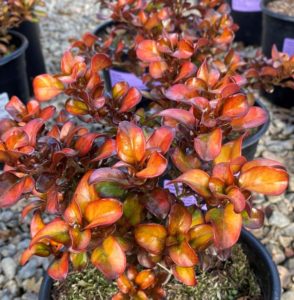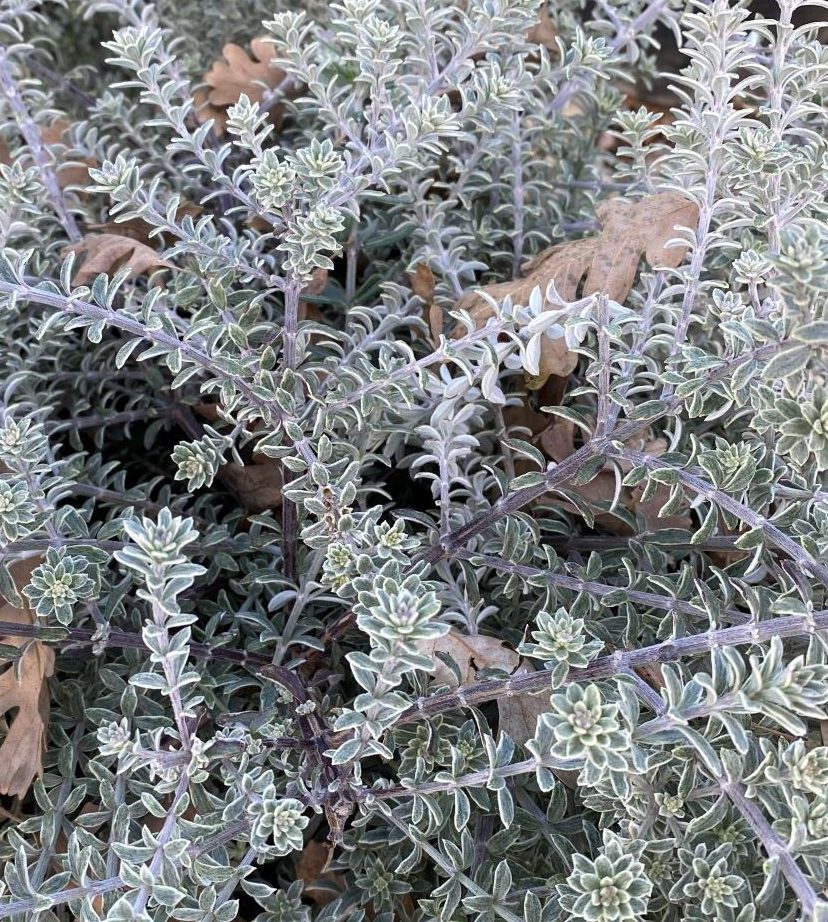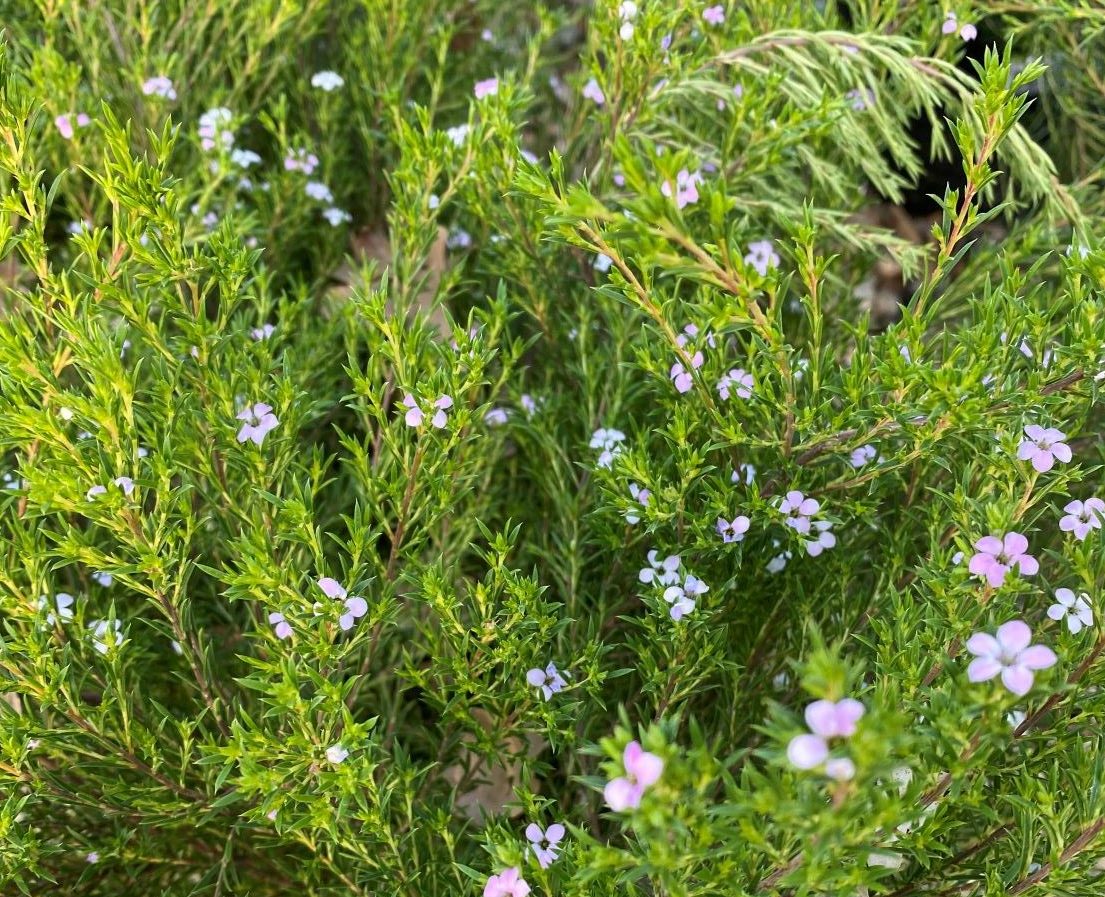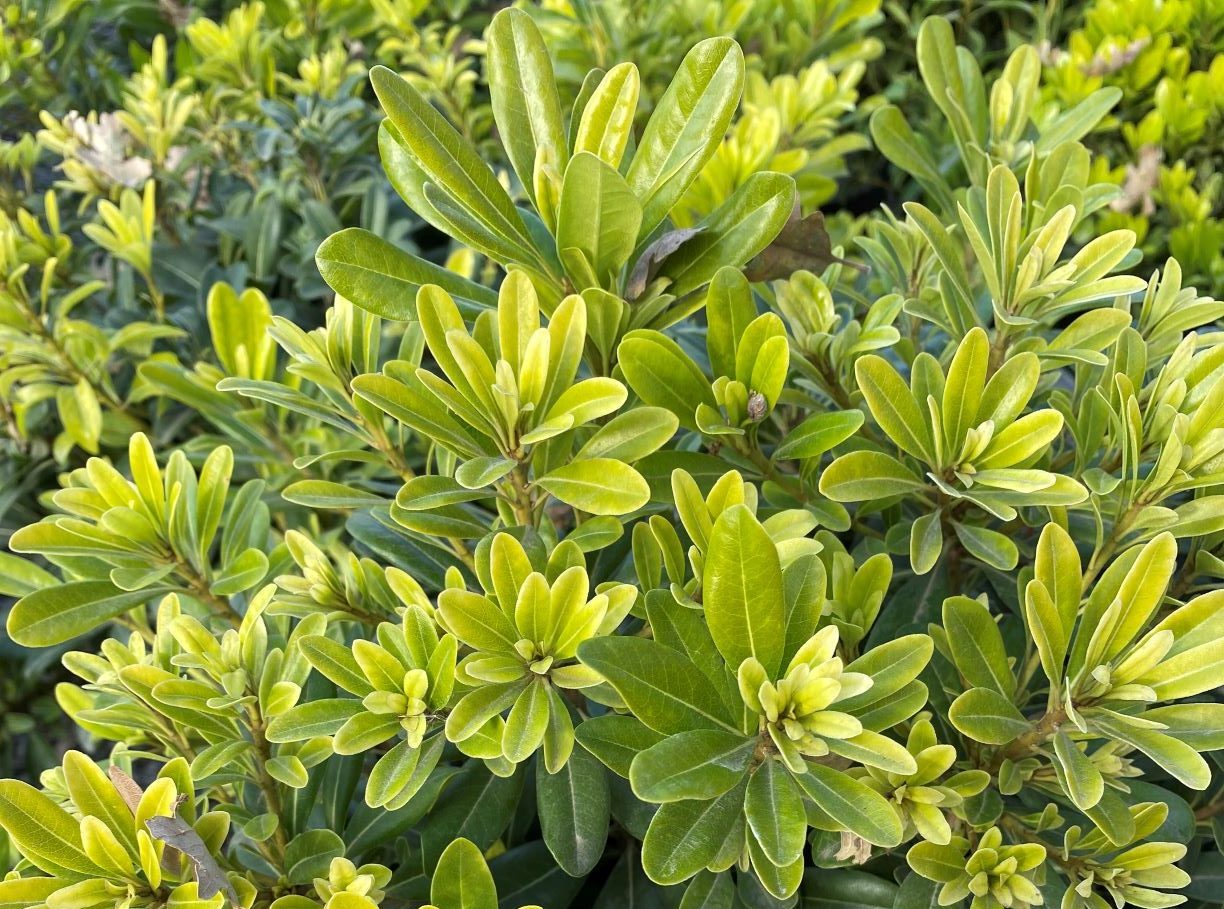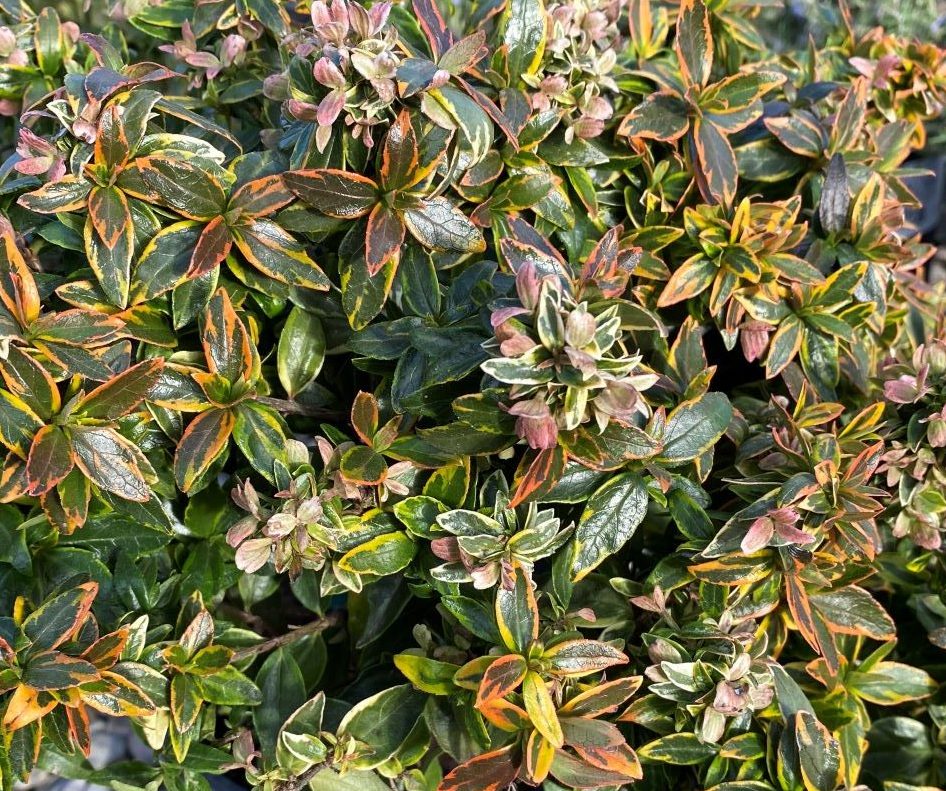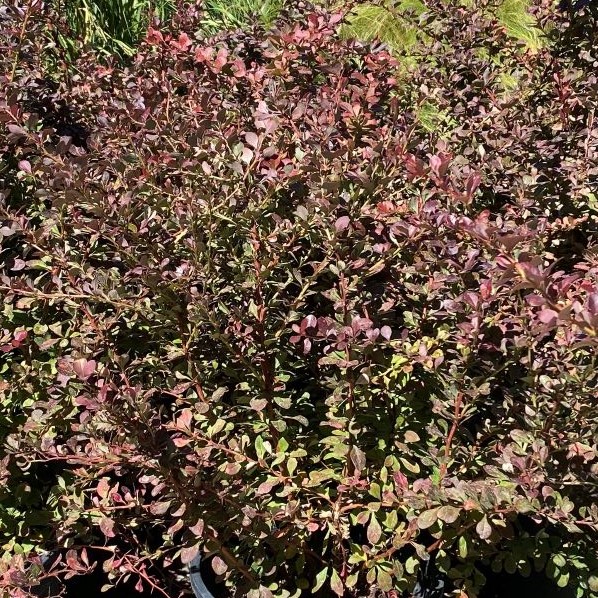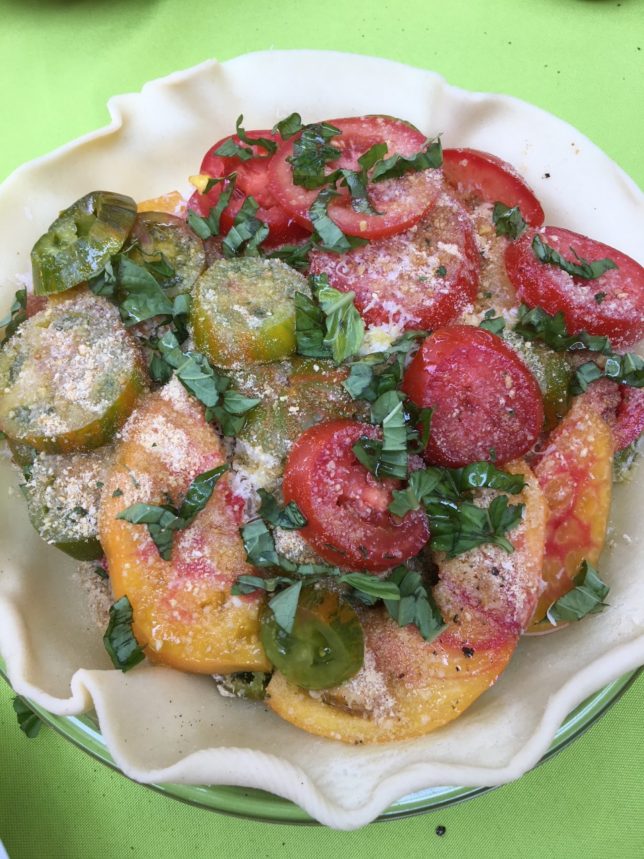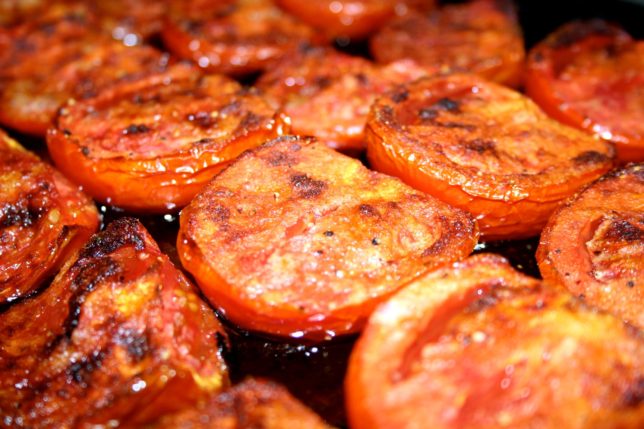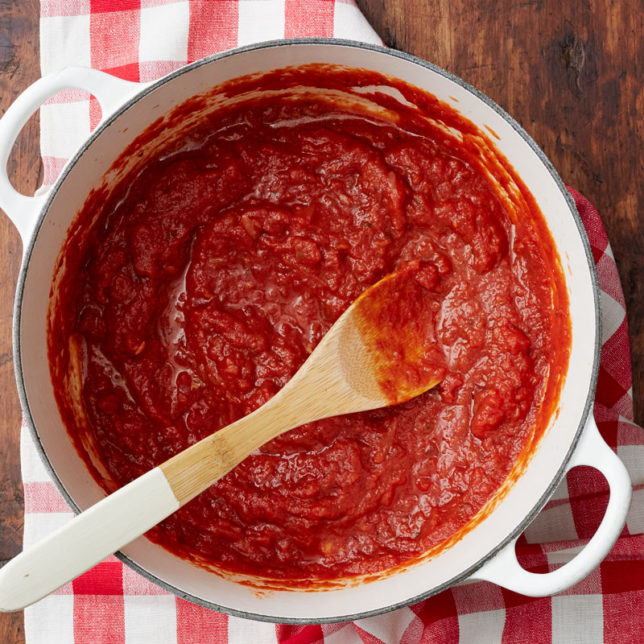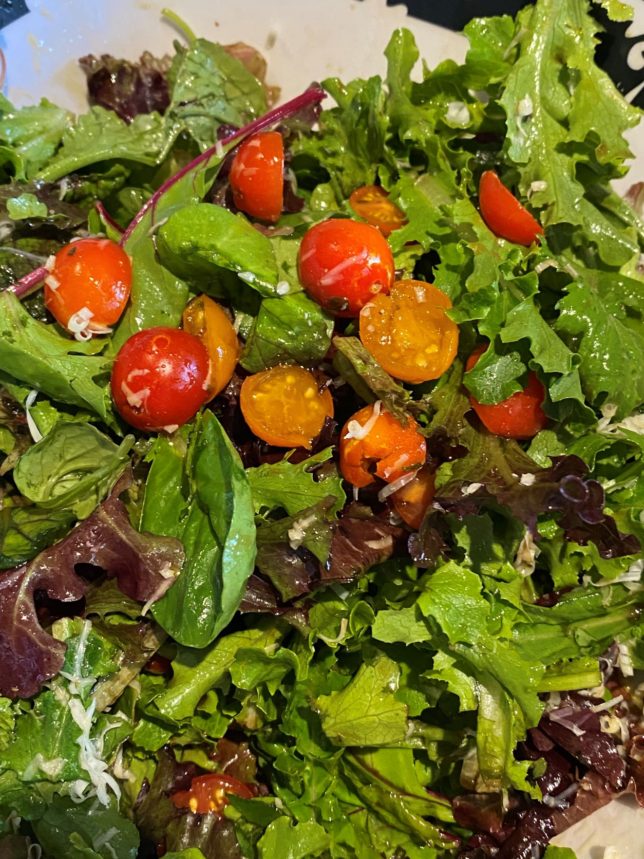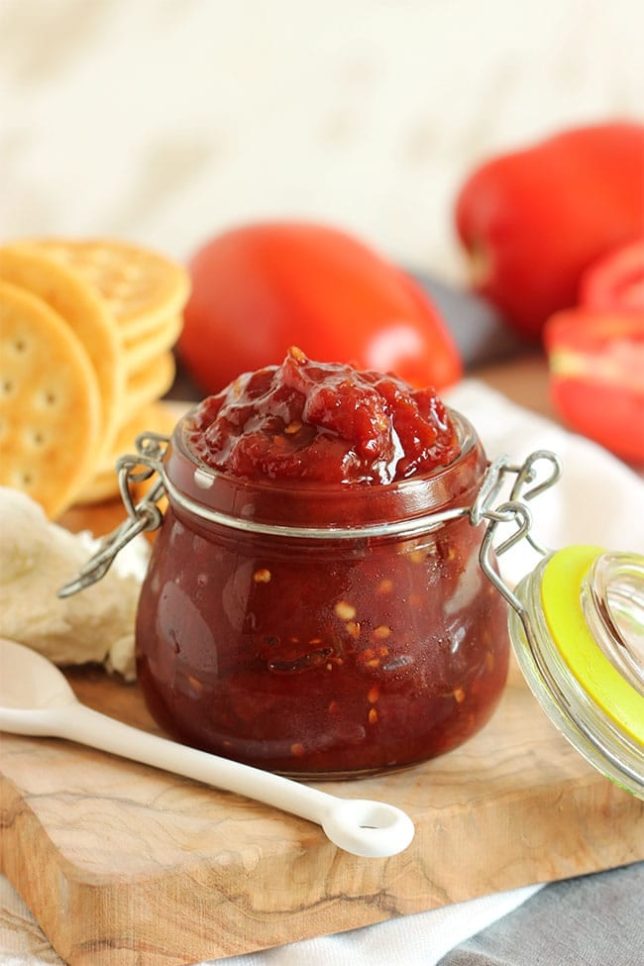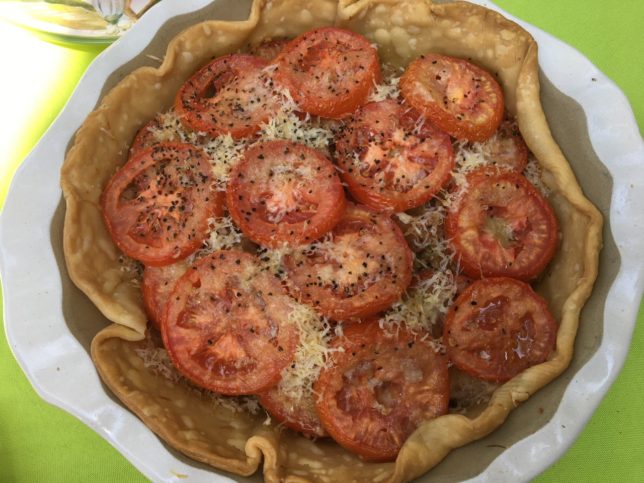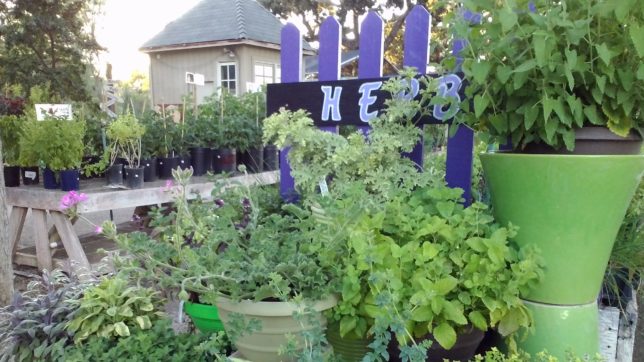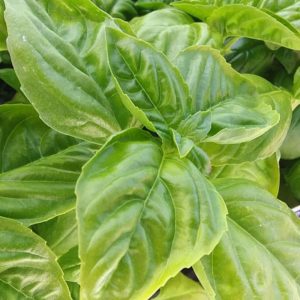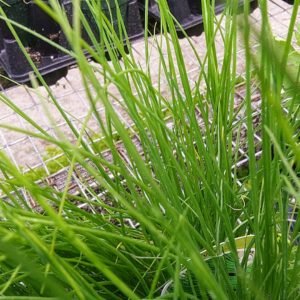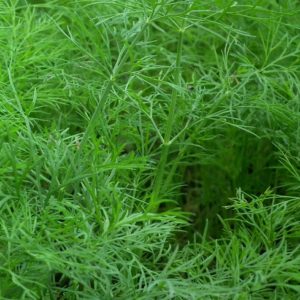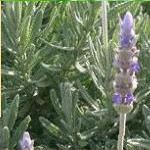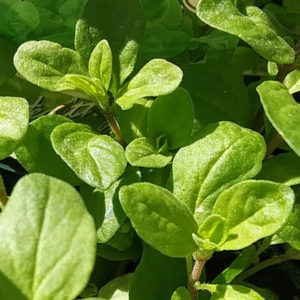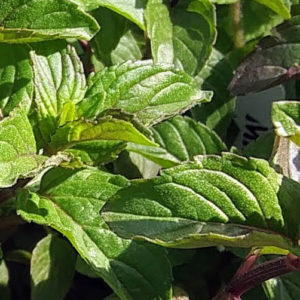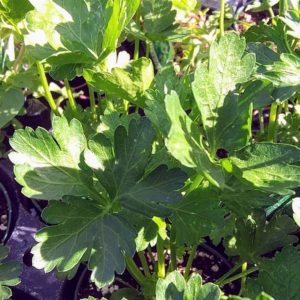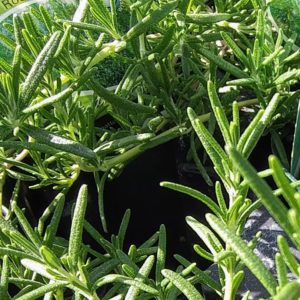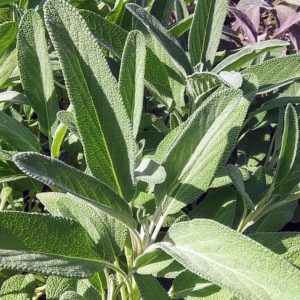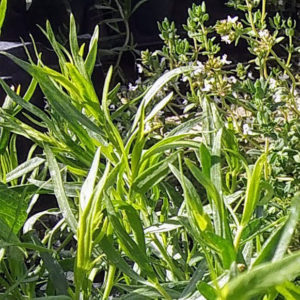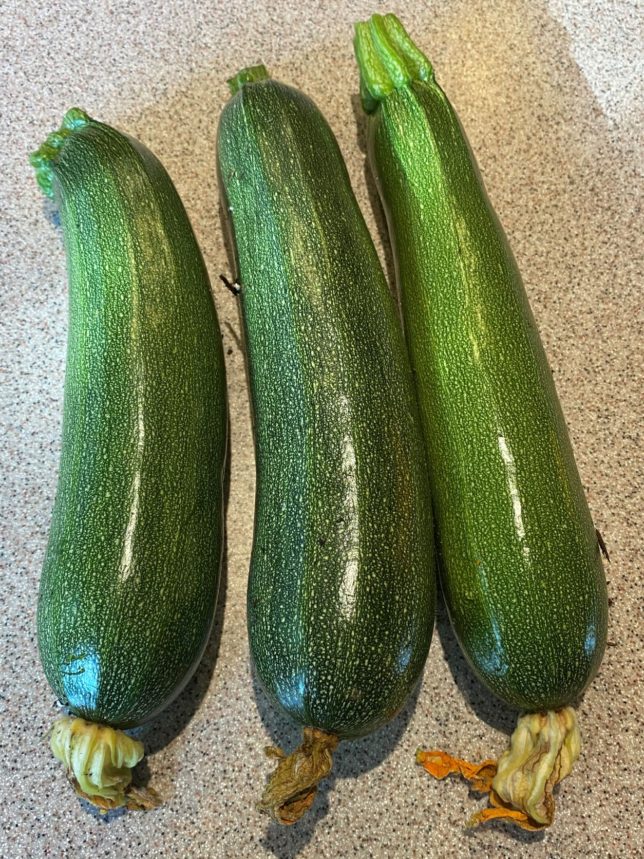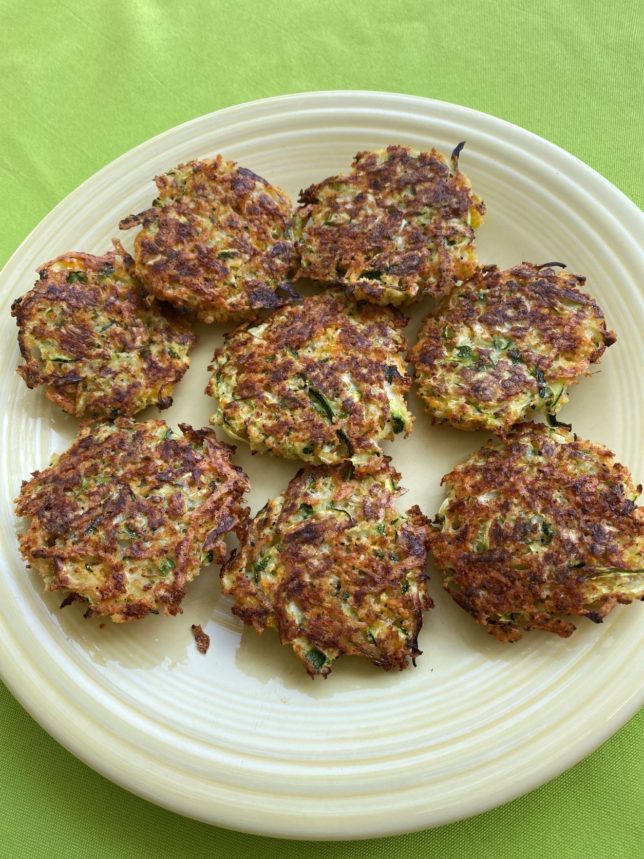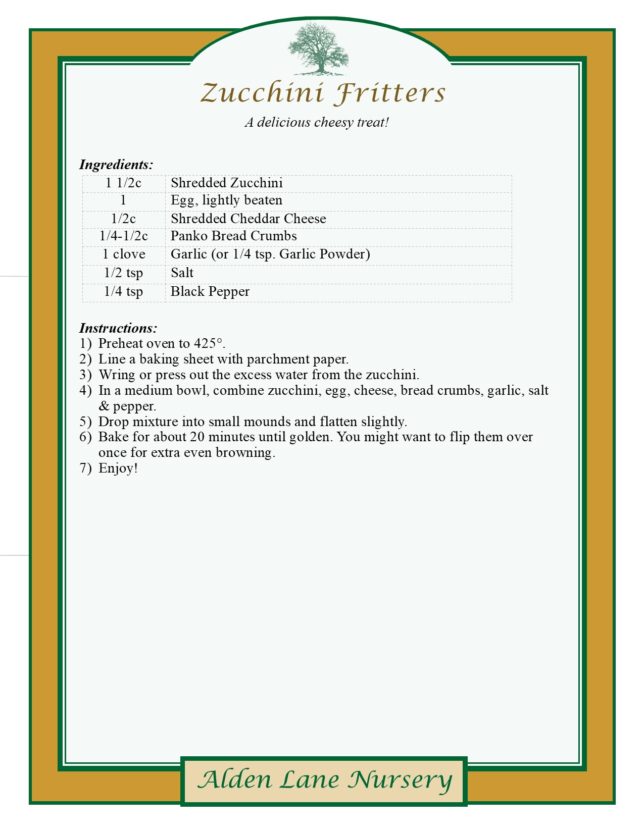Looking to purify the air in your home? Houseplants to the rescue. These air cleaning plants will help you remove toxins and improve air quality.
1. Pothos (Epipremnum aureum)
One of the easiest houseplants to care for. It likes light, but can live in lower light. They like to dry out between waterings. It’s trailing, heart shaped leaves come in different colors.
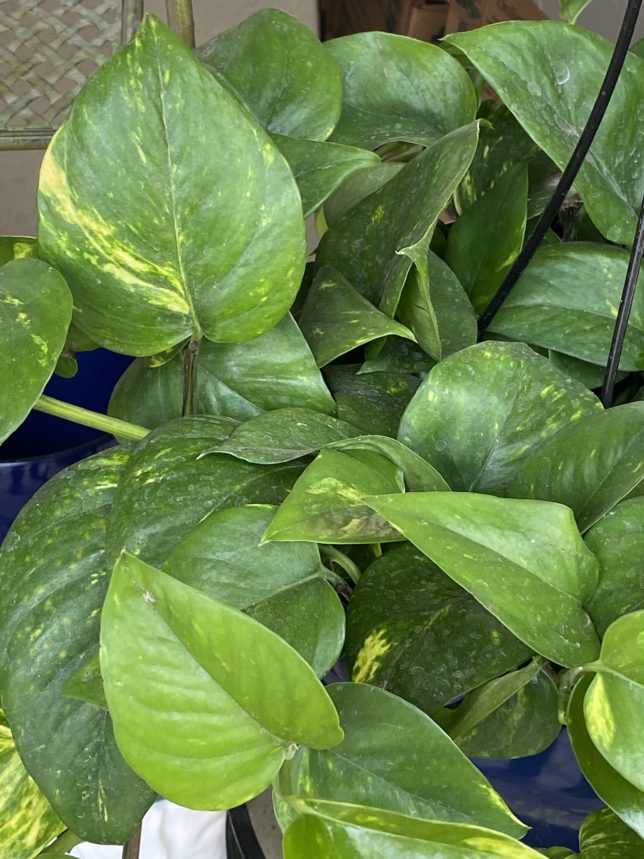
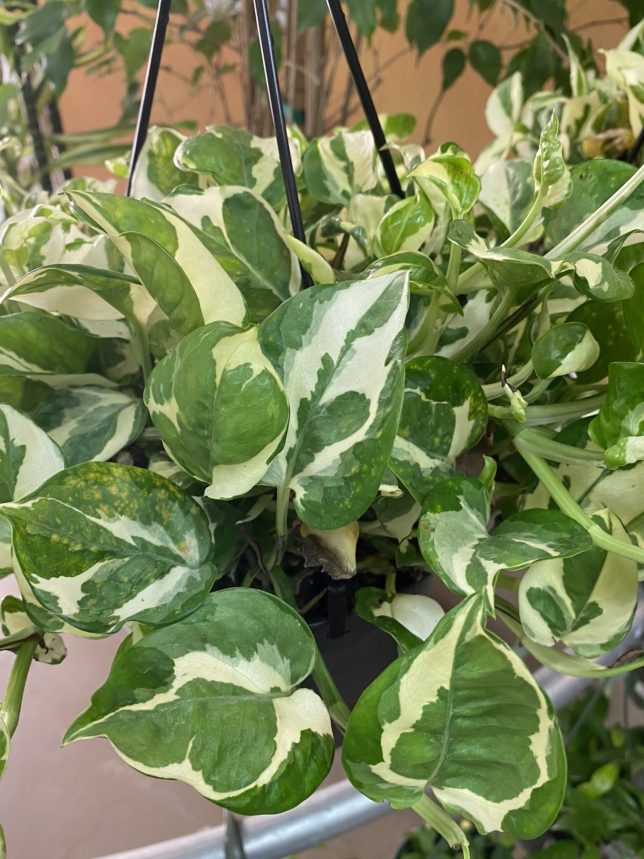
2. Peace Lily (Spathiphyllum)
Peace Lilies are another easy plant. Their glossy leaves & white flowers make them a great addition to any room. They can tolerate lower light, are very happy in bright indirect light and love water.
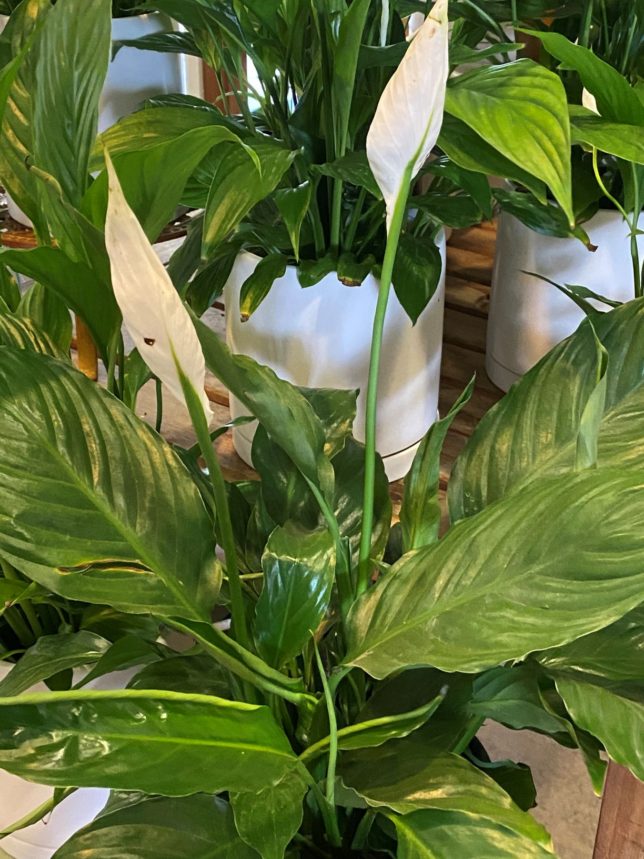
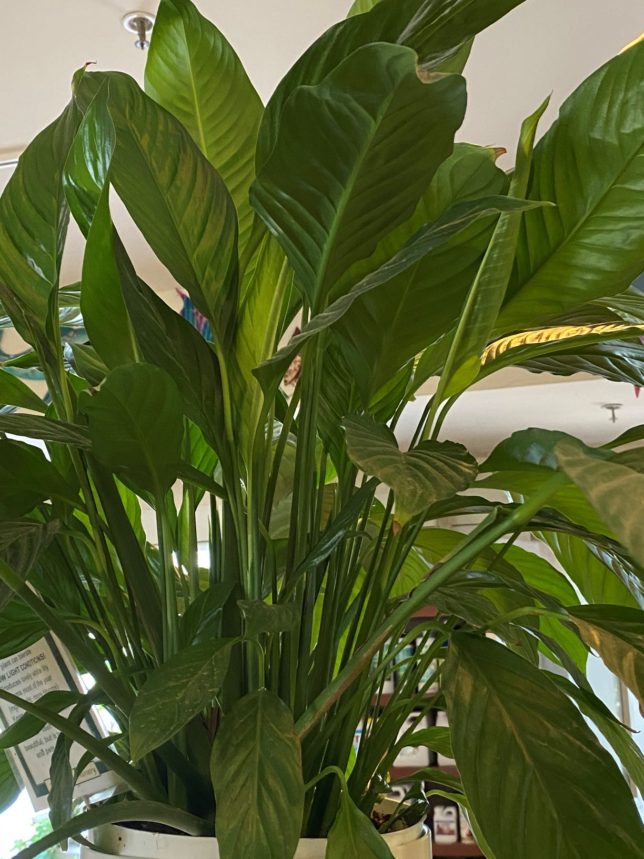
3. Philodendron
Another heart-shaped leaf, philodendron is a welcome addition to indoor spaces. They are relatively easy to care for. They just need moderate water and bright, indirect sunlight.
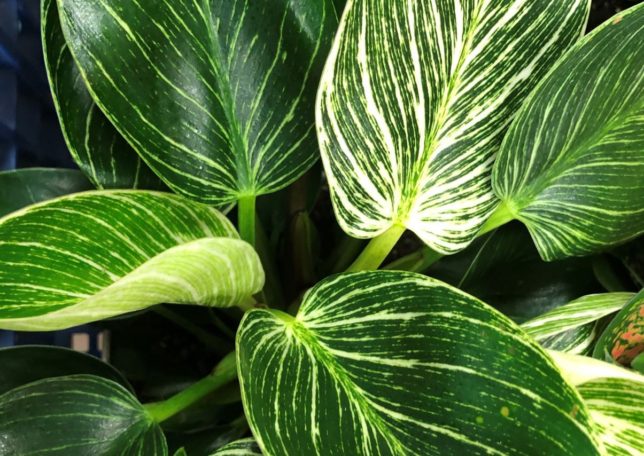
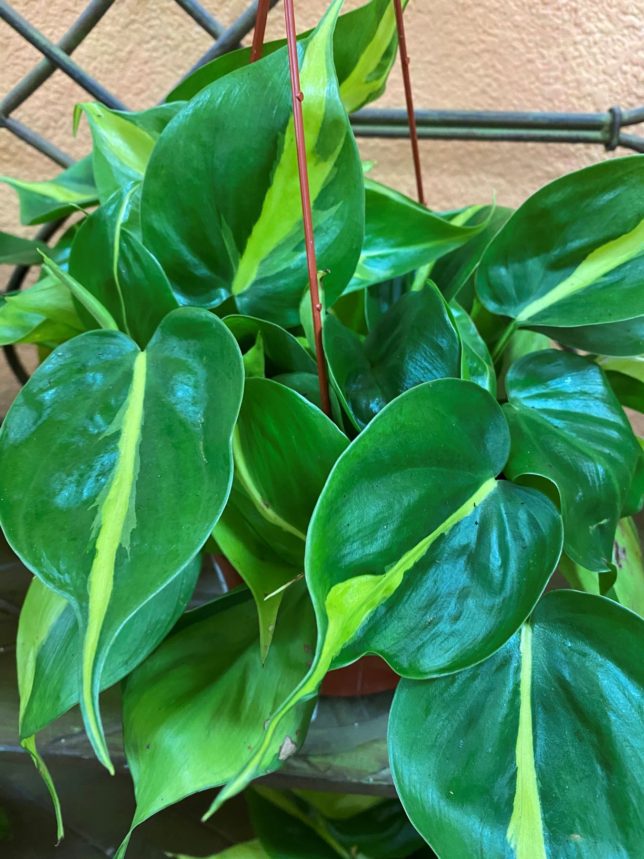
4. Spider Plant (Chlorophytum comosum)
Spider plants are a favorite of new plant parents or those with a bad track record. They thrive in bright, indirect sunlight and tolerate a wide temperature range.
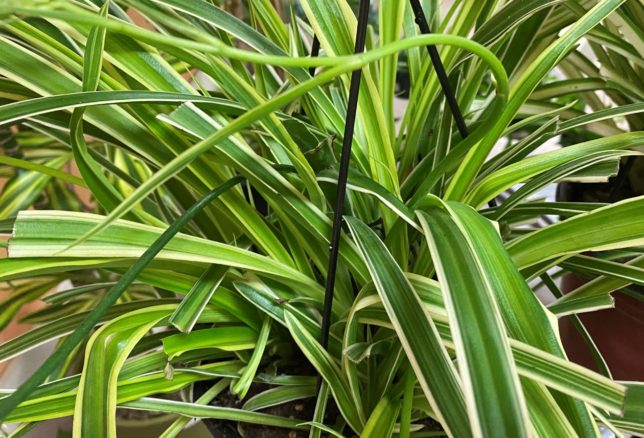
5. Rubber plants (Ficus elastica)
These popular ornamental plants are hardy indoor addition. They love bright, filtered light and weekly* watering in summer (you can go to twice a month in winter). Rubber plants can vary in size. They will grow in a small pot or can be encouraged into a larger indoor tree.
*watering frequency varies with pot size, light and room temperature.
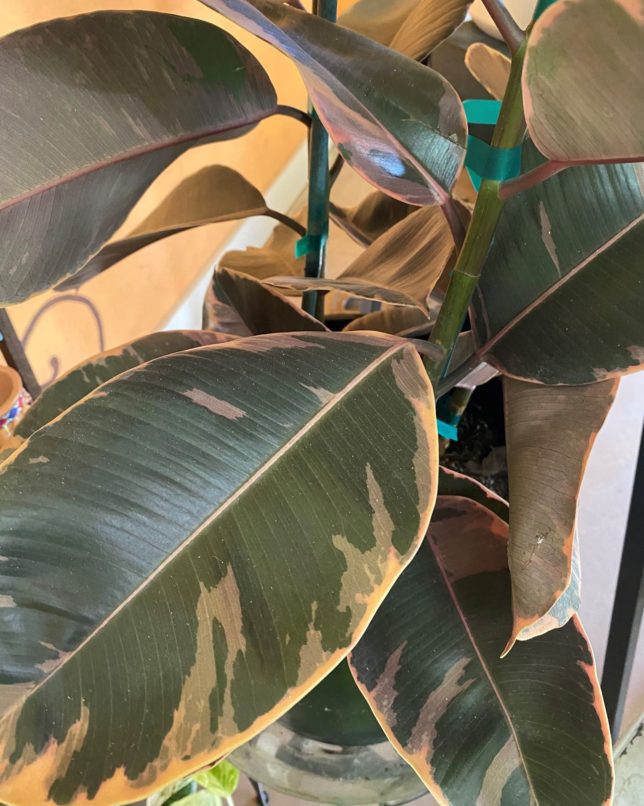
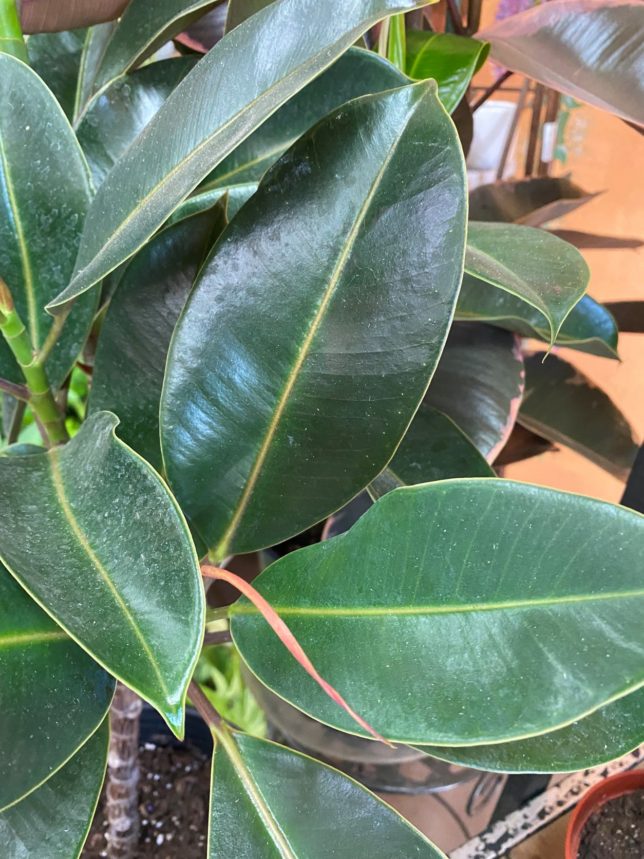
6. Boston Fern (Nephrolepis exaltata v. Bostoniensis)
This lovely fern with sword-shaped fronds makes it perfect for a hanging basket or plant stand. The Boston Fern likes a more humid environment and requires consistent moisture – think about your bathroom. They do like bright indirect sunlight near windows, balconies and patios.
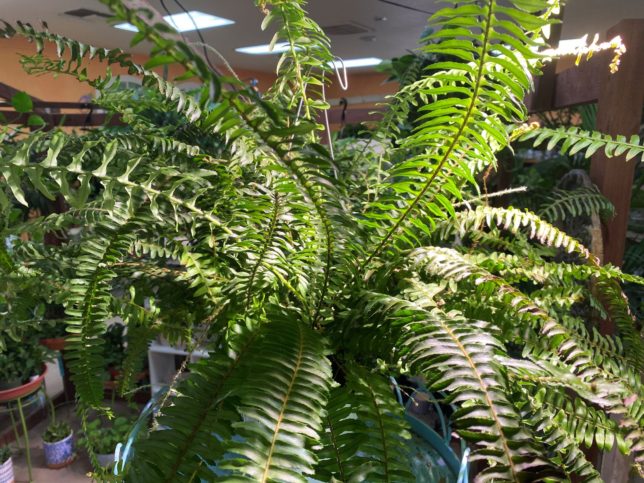
7. ZZ Plant (Zamioculcas)
If you are looking for a unique, easy care plant, consider a ZZ Plant. They do well in low light to medium and like to dry out completely between watering.
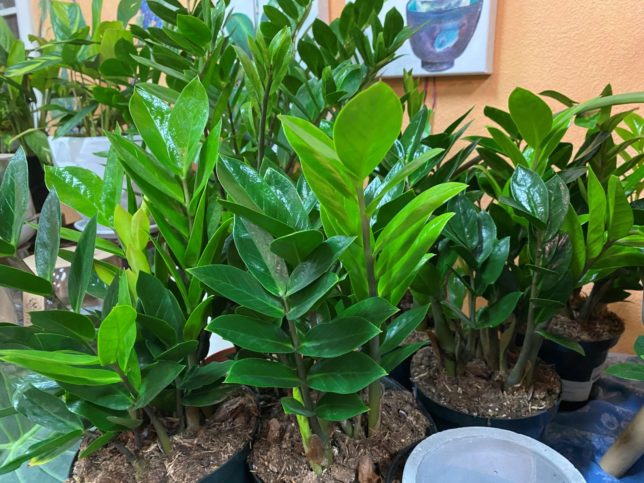
8. Dracaena
Dracaena are another statement plant as they can grow up to ceiling height. They have one of the widest range of “looks” – colors and width of leaves vary quite dramatically. These guys love indirect sunlight and can survive in lower light than many. They definitely won’t do direct sunlight.
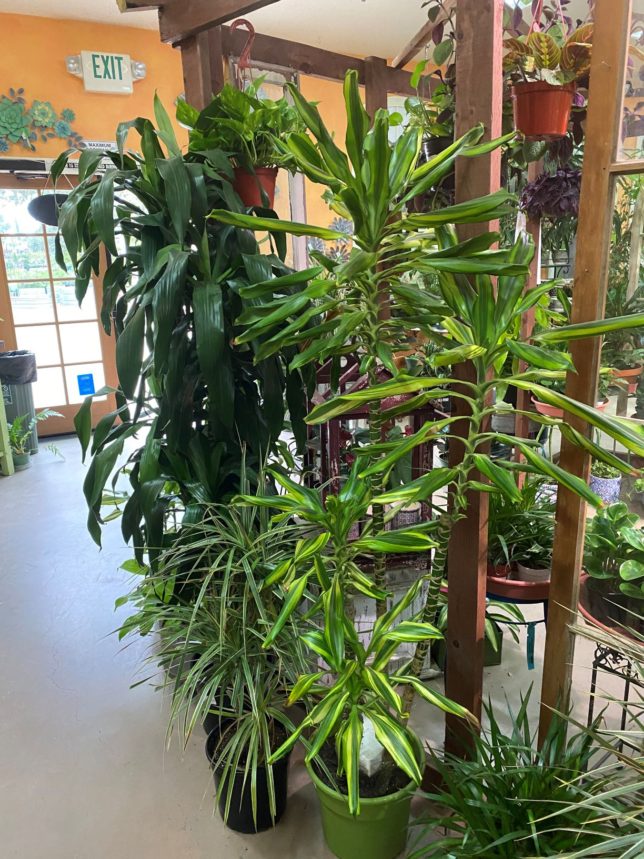
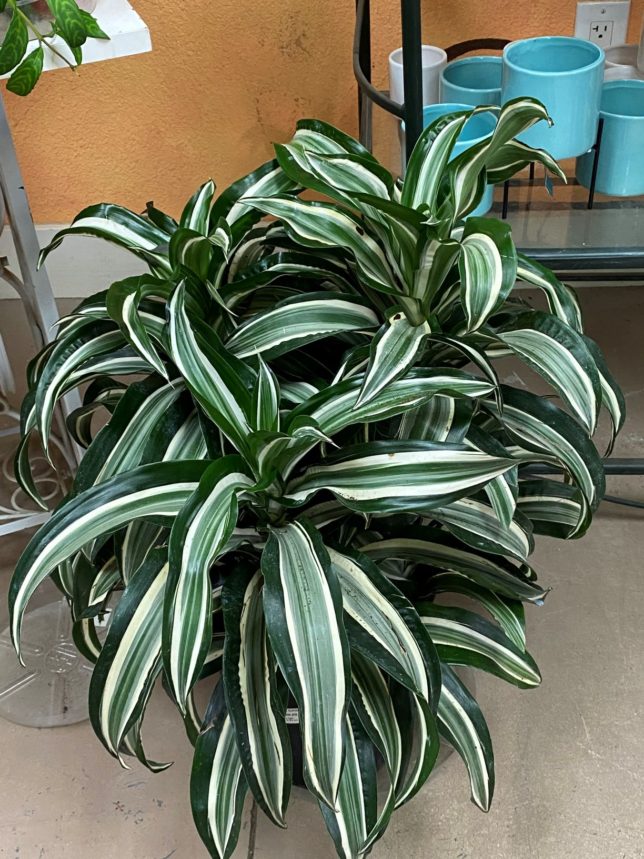
9. Ficus/Weeping Fig (Ficus benjamina)
Like many of it’s air purifying friends, the ficus prefers bright, indirect sunlight. They enjoy regular water and like to dry out between drinks.
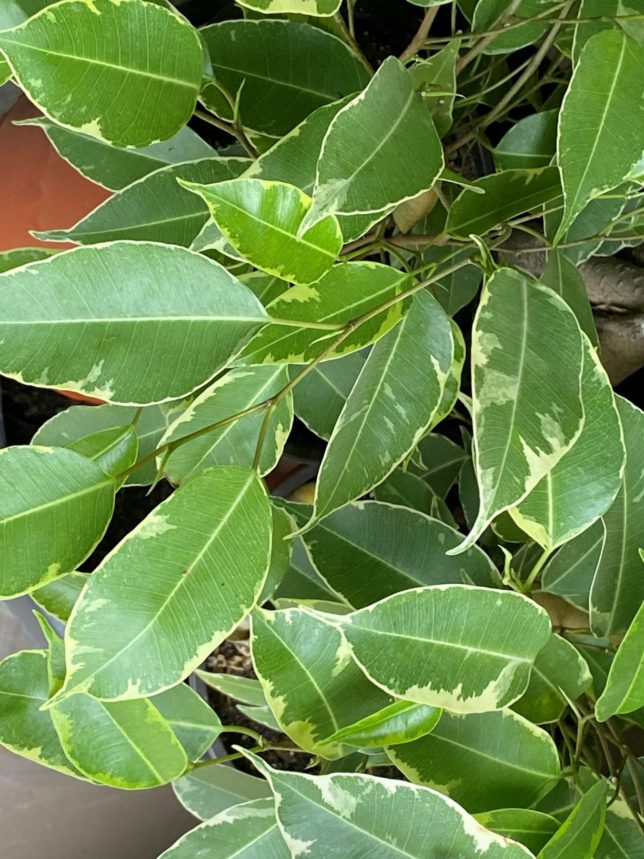
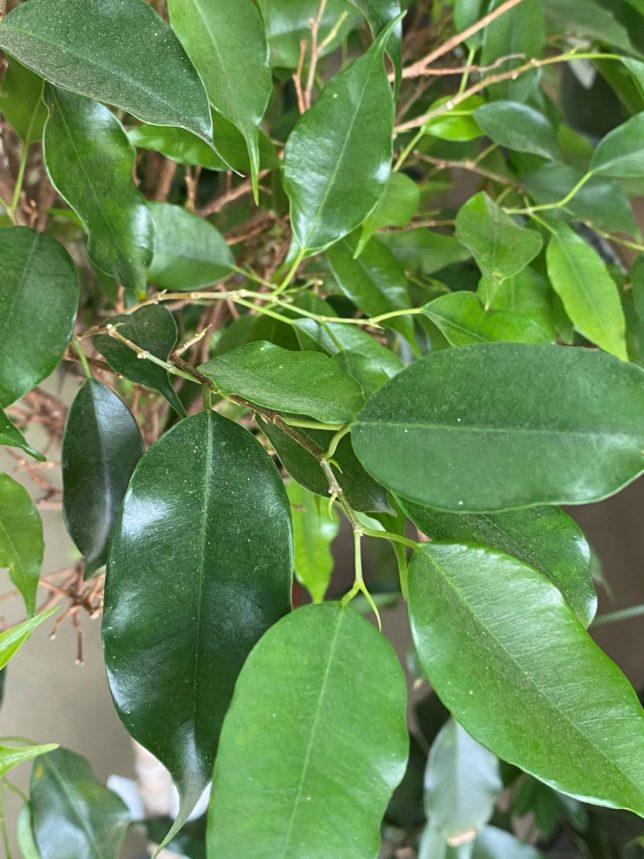
10. Snake Plant/Mother-in-Law’s Tongue (Sansevieria trifasciata)
One of our customer favorites is the Sansevieria or Snake Plant. It is a succulent plant that grows fairly straight upright. Sansevieria is a low-maintenance plant that is hardy and thrives on neglect. It is one of the few houseplants that continues to produce oxygen round the clock. This plant needs to go dry between waterings!
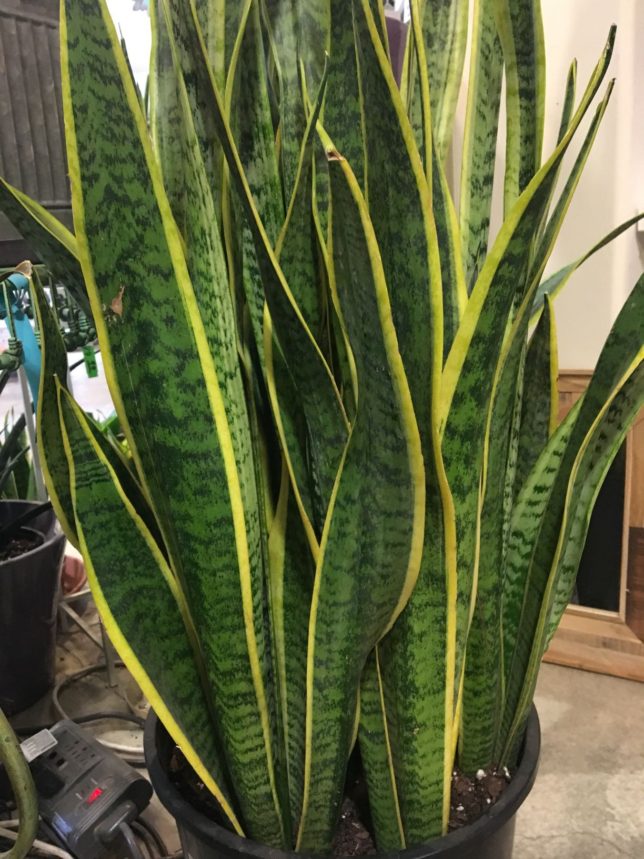
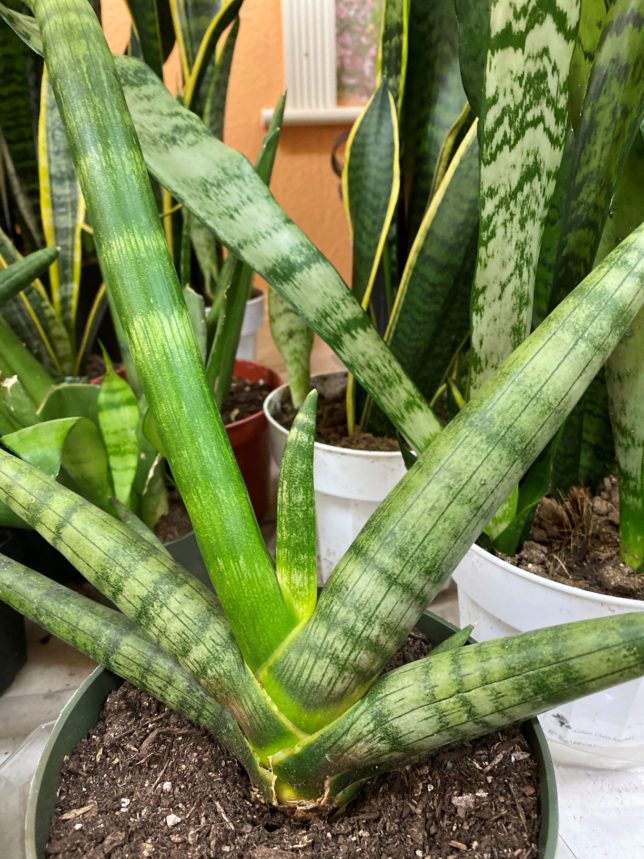
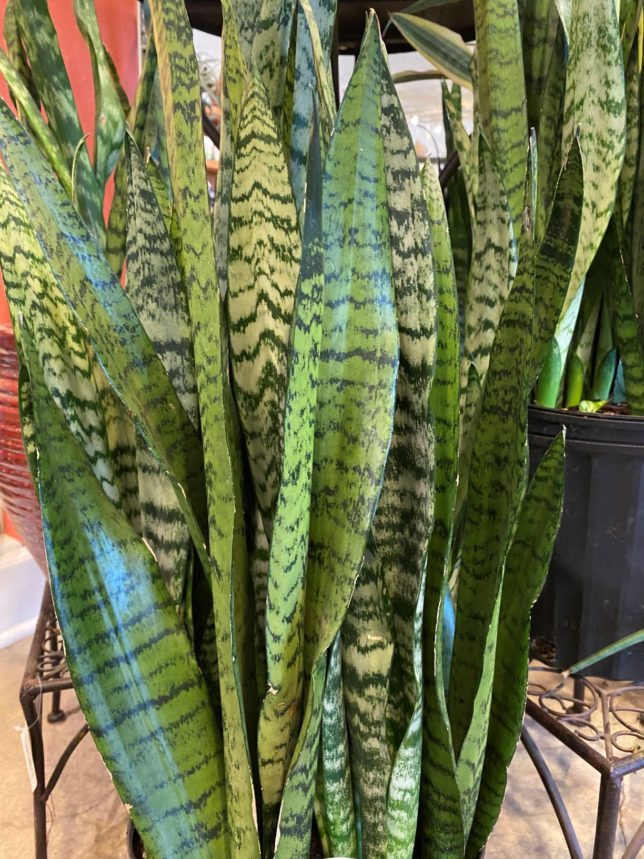

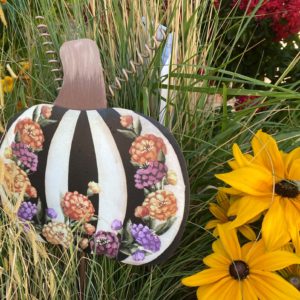
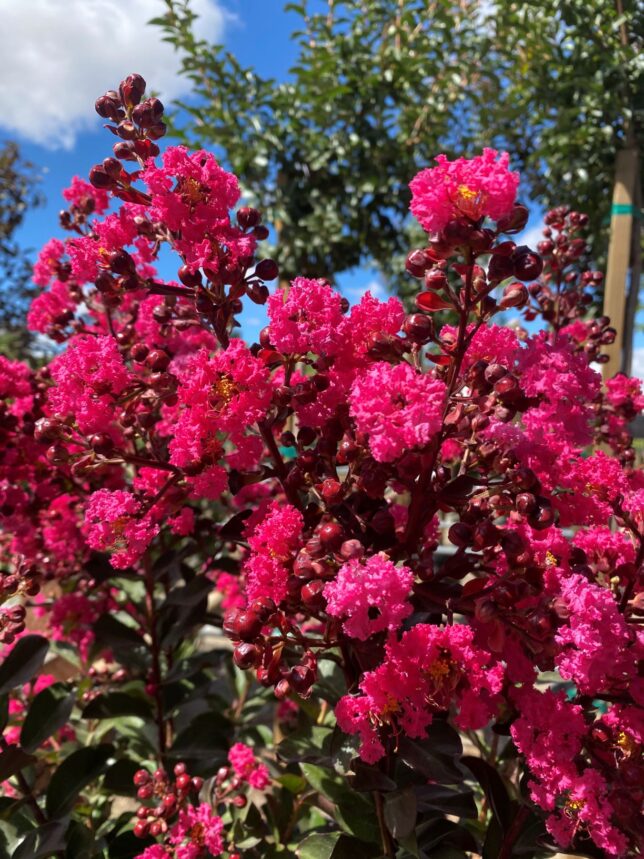
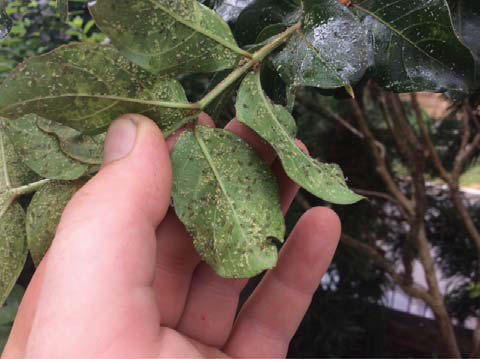
![davesrosemarch[1]](https://www.aldenlane.com/m/wp-content/uploads/2016/02/davesrosemarch1-300x233.jpg) Apply in AUGUST and MARCH.
Apply in AUGUST and MARCH.